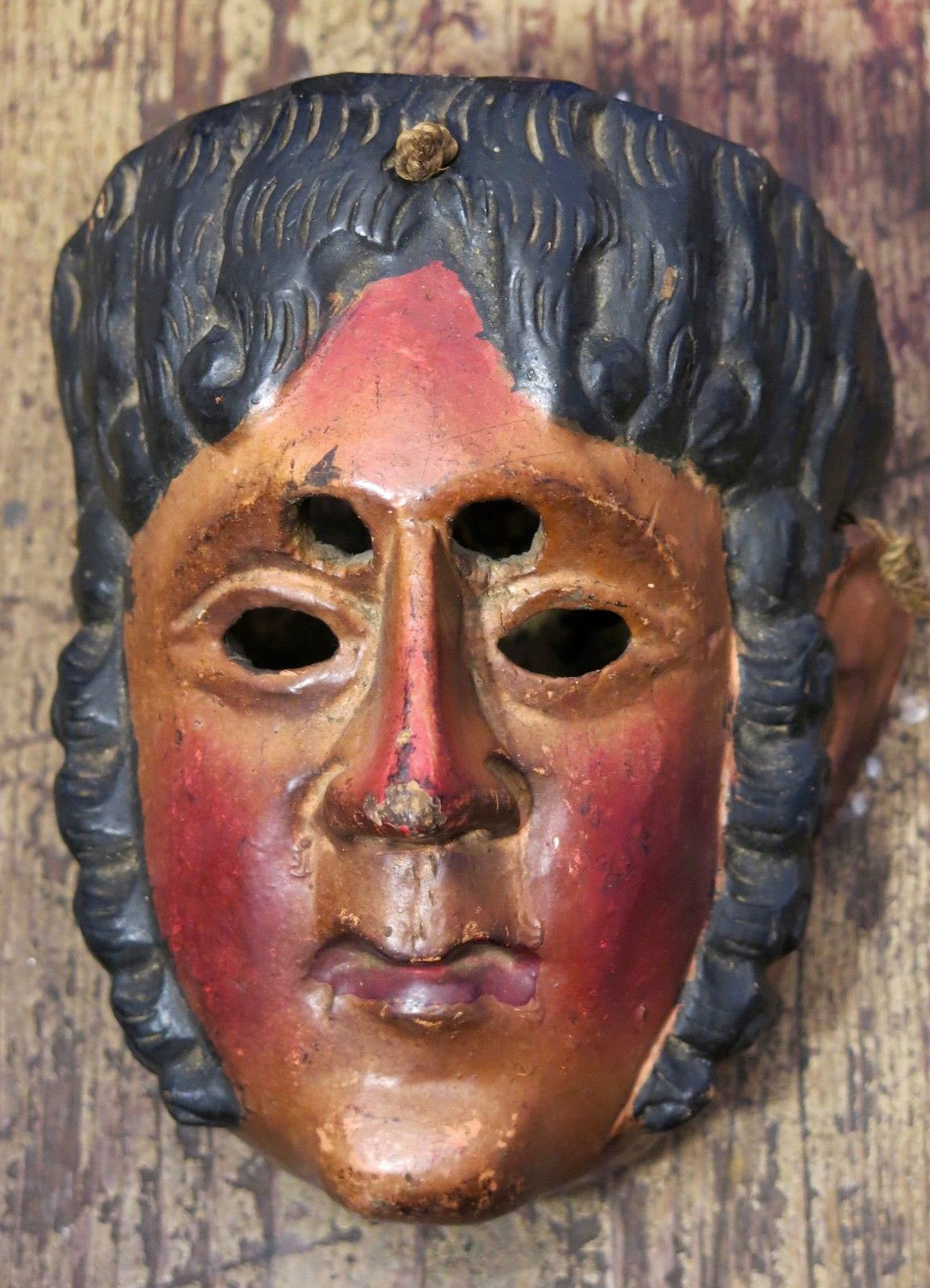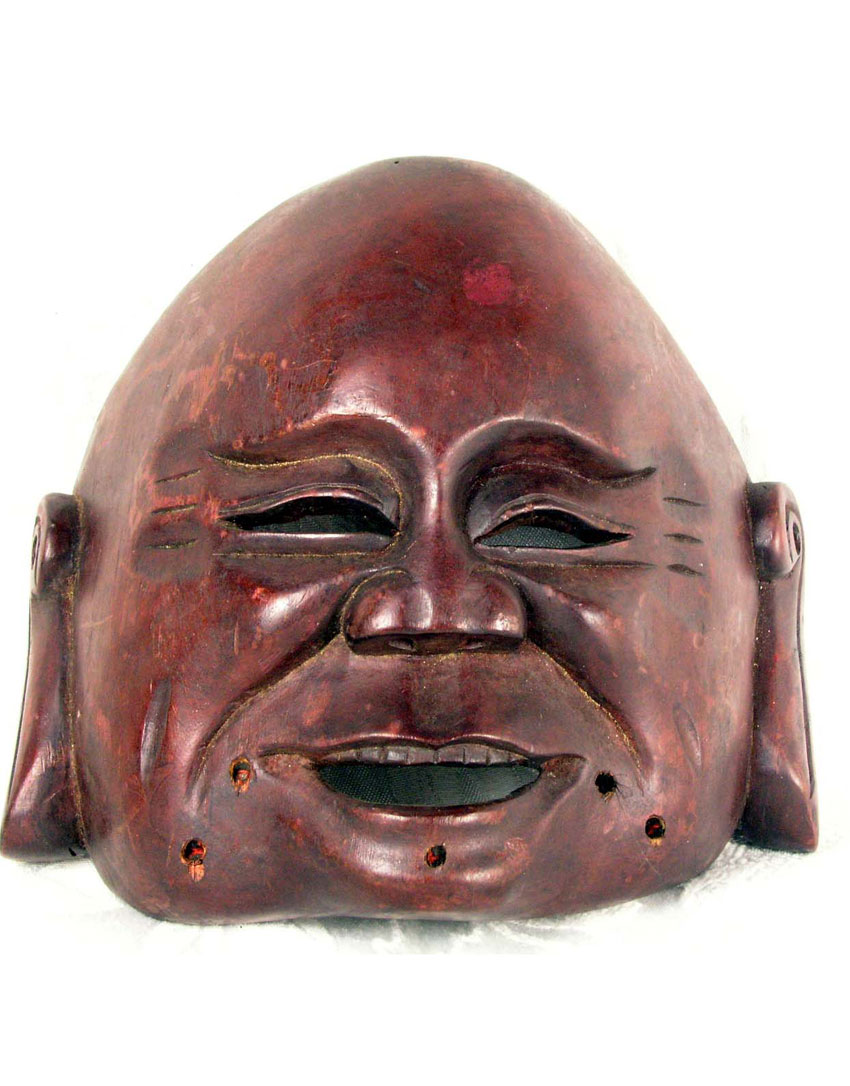 Q: Could you give me your opinion on this mask from Guatemala? I guess it could be an Alvarado ? But I really wonder if it is “old” or just a tourist fake, artificially aged. PS… Do you think it could represent Pedro Portocarrero ? Jean, 1384 Q: Could you give me your opinion on this mask from Guatemala? I guess it could be an Alvarado ? But I really wonder if it is “old” or just a tourist fake, artificially aged. PS… Do you think it could represent Pedro Portocarrero ? Jean, 1384
A: With a little more research you got it right. Pedro Portocarrero was one of the key officers in Pedro de Alvarado’s Spanish army that fought the Mayans. Portocarrero is sometimes danced in the Baile de la Conquista. We rarely see masks portraying this particular character. More importantly, we don’t see Guatemalan masks that are both old and used any more. Most of them are now in collections. A  |


 Chinese character mask
Chinese character mask
4 Comments
Jean
My question here was about the possible representation of Pedro Portocarrero, not about the authenticity of the mask that seems quite evident, especially considering the multiple layers of paint and the patina. Thanks to confirm my impression.
Bob Ibold
With Guatemalan masks you can’t be sure of the character because some of them are very similar. Provenance is best.
Jean
I visit last week the Tistoj moreria in Totonicapán, and had the occasion to discuss with the present owner of this moreria. This mask is very similar to many others hanging at the ceiling of his the moreria, all intended to be female masks, commonly called “Malinche” ! He considered therefore this mask as to be a female character.
It must be noted that between Tistoj and the owners of the 2 other morerias visited in Chichicastenango, the opinions were sometimes diverging…That exemplifies the difficulties in determining precisely a character if you don’t benefit from a “first-hand” information. And knowing also that a mask primarily carved to be a precise character, can be reused to play another one, with or without repaint, in function of the need. Our “cartesian Western mind” has sometimes some difficulties in accepting the relativity of the Mayan thinking.
Jean
I must add that in both the Tistoj moreria in Totonicapán and the Santo Tomás moreria in Chichicastenango, they told me that this mask is not Quiché, but comes from the Verapaz (Miguel Angel Ignacio Ventura suggested the Baile San Miguelito in Cobulco – Baja Verapaz).